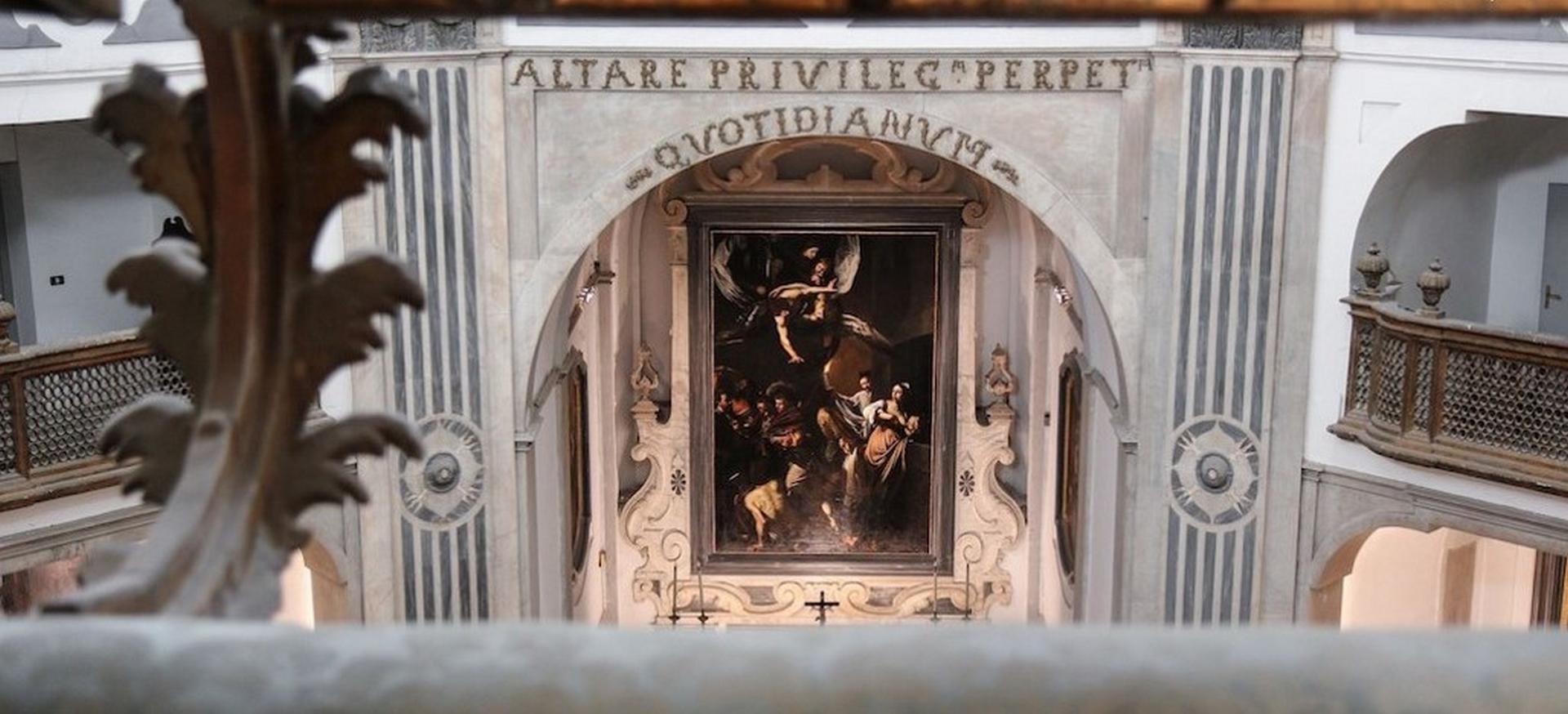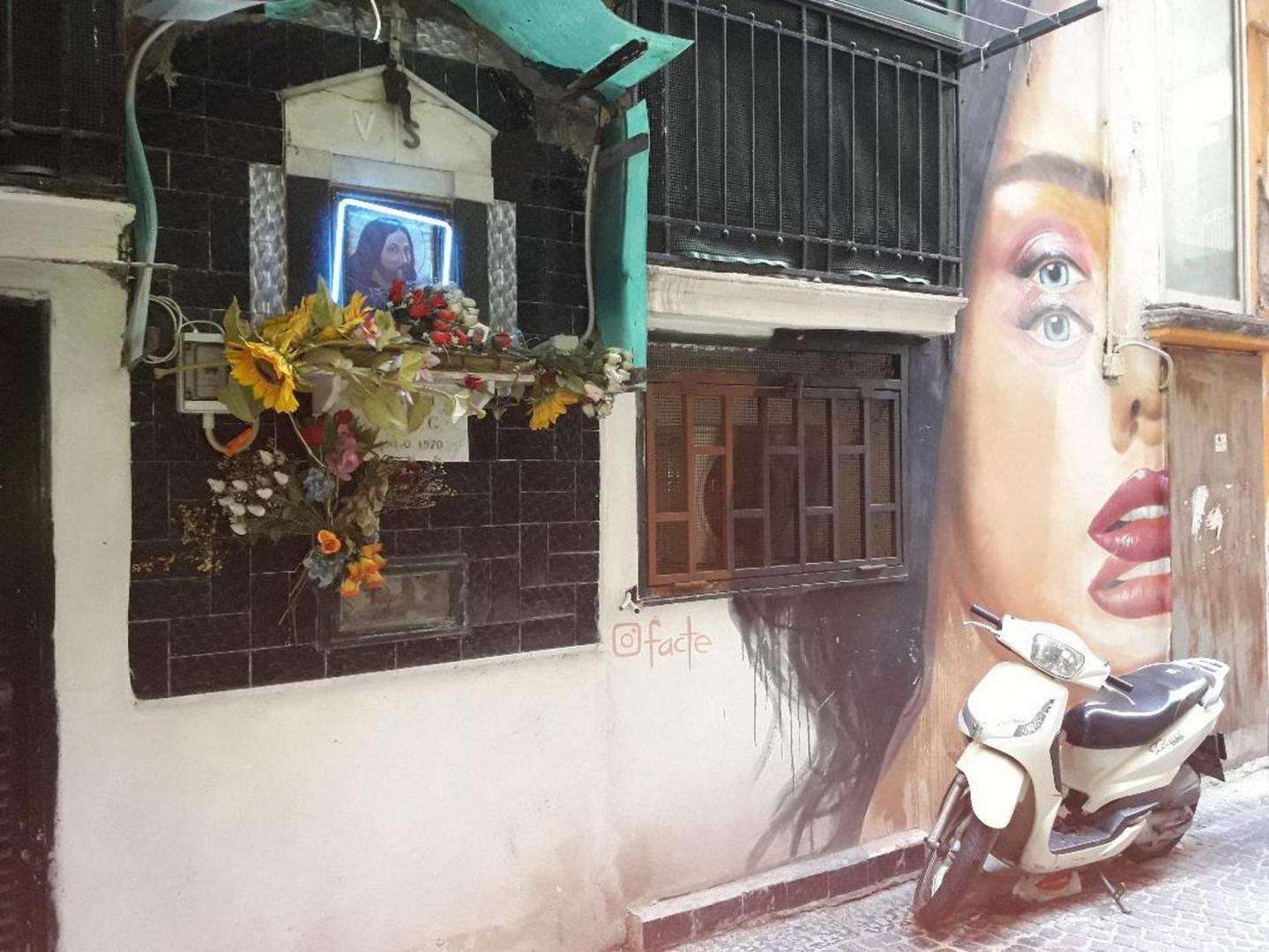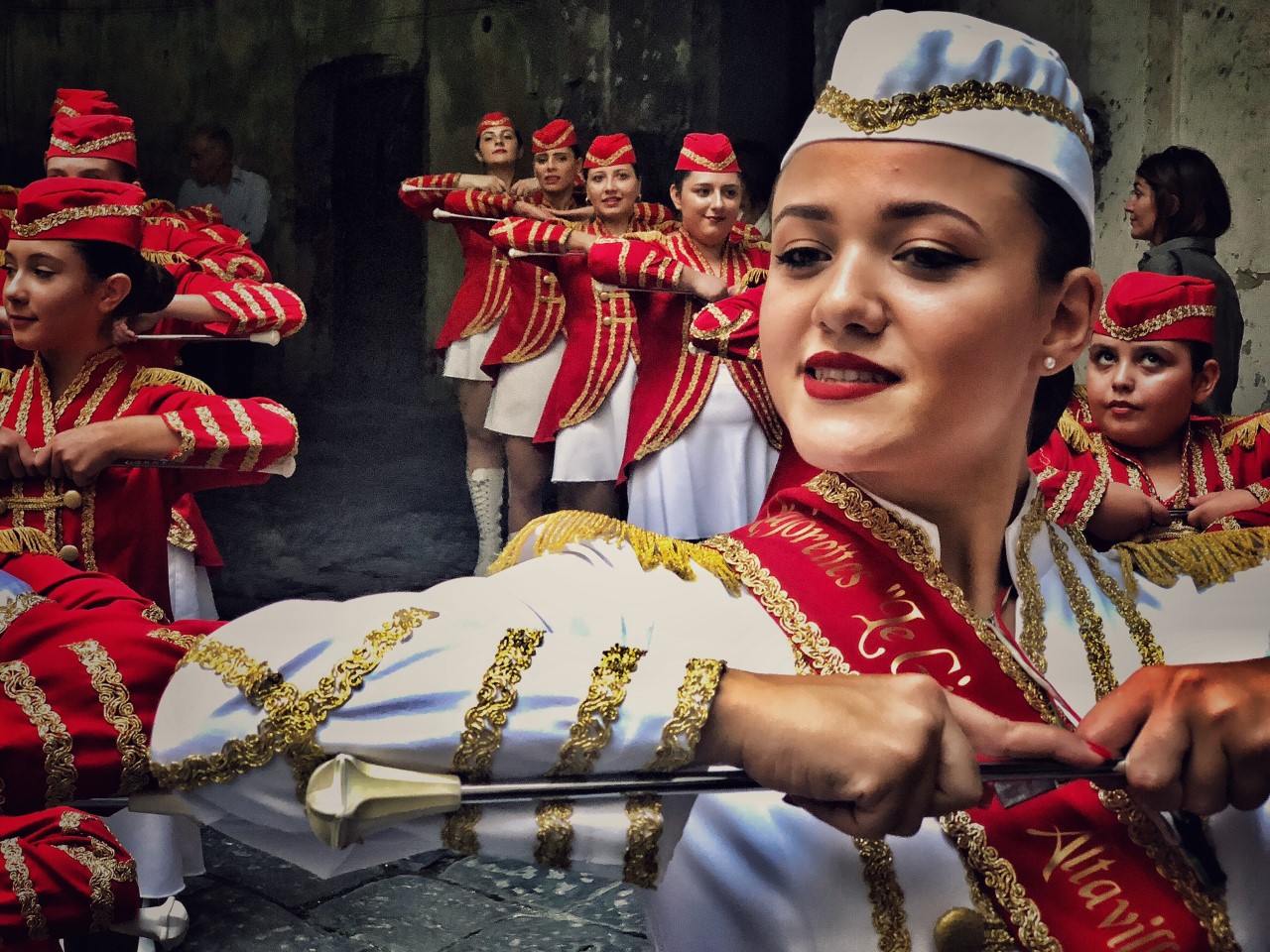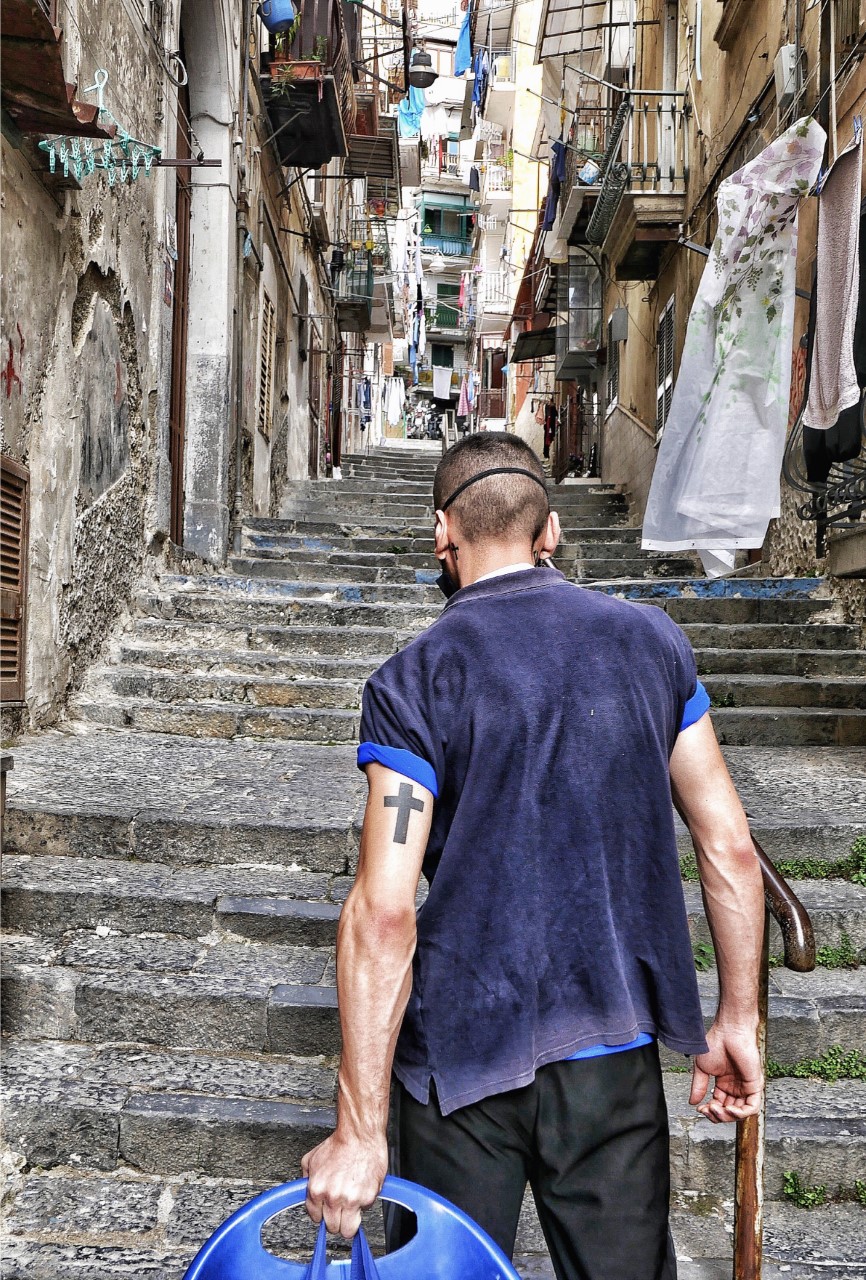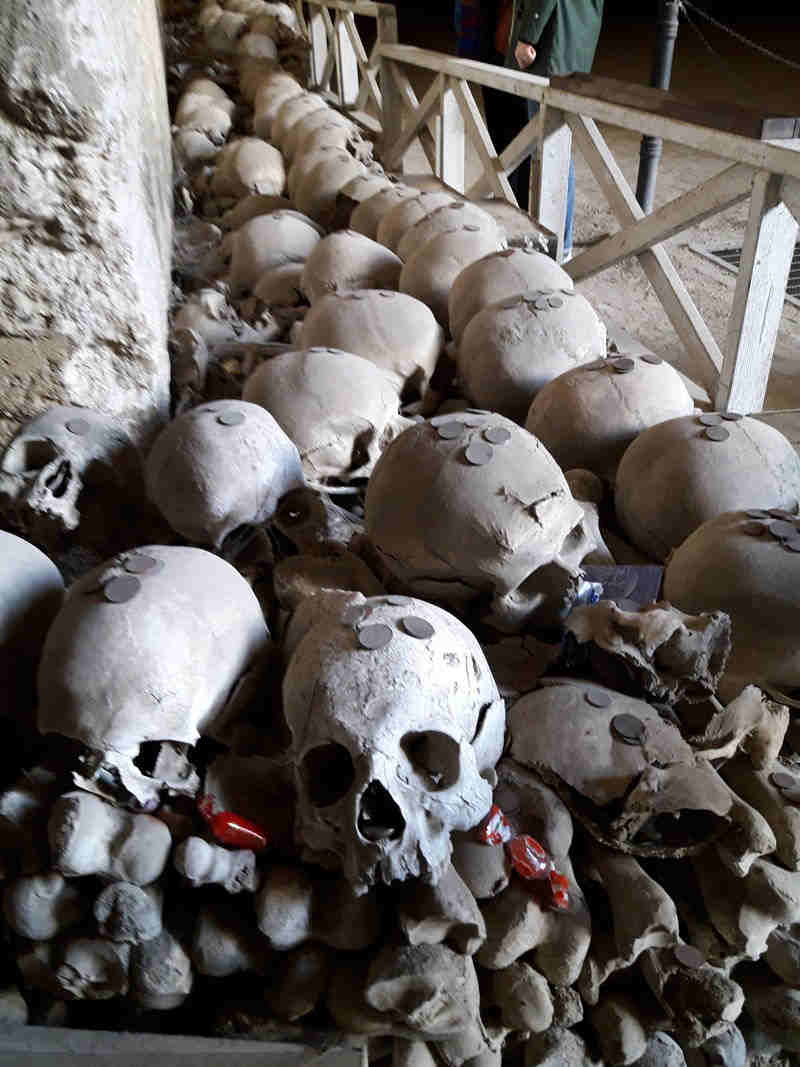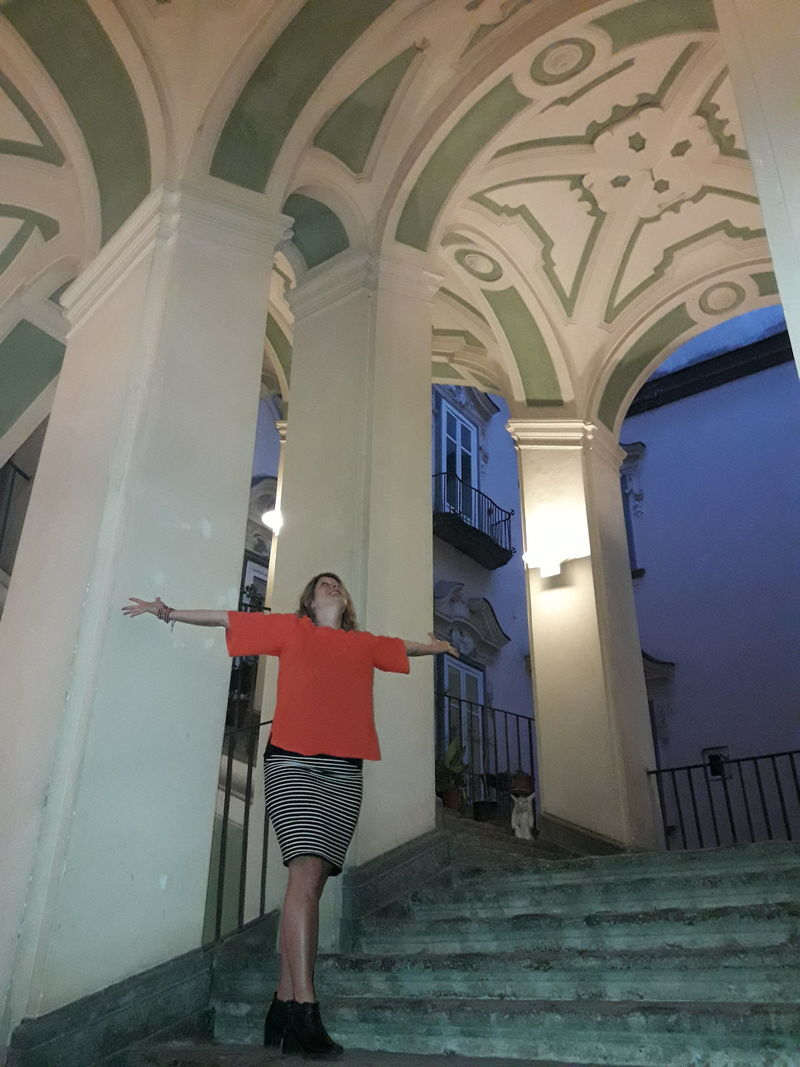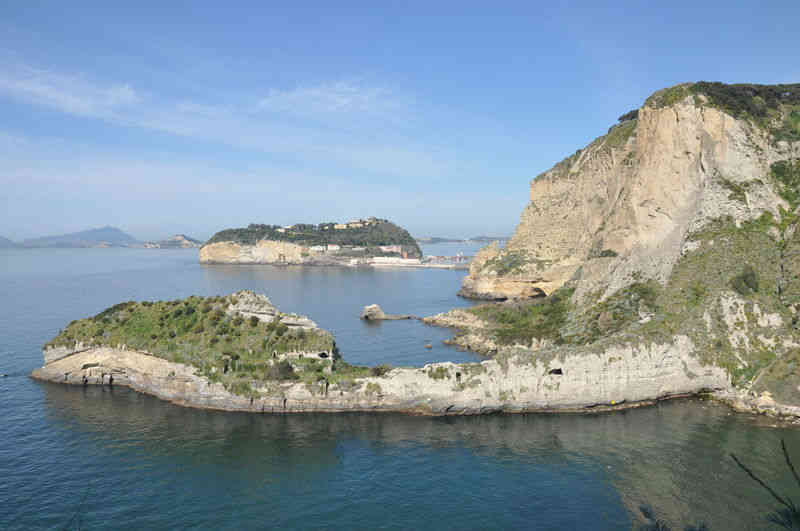We are very proud to open our Artist Window with the work of Jasmina Trifoni.
Jasmina Trifoni is a journalist living in Rome who specializes in travel writing and narrative journalism. She works for Italian and International magazines including National Geographic and Meridiani, among the others. In a world where the “big frames” have almost all been discovered, she loves to find those small stories that can make the difference in the perception of a place. She has traveled extensively in all the continents (with the exception of Antarctica, and with a preference for everything that is “south”) but she doesn’t like to just check the country off the list and move on. Instead, she prefers to return to the same place several times to deepen her research. She has written several books which have been translated in many languages (100 Adventures of Our Lifetime, World in Danger, Patrimonio mondaile dell’Unesco, 80 Islands to Escape to, among the others).
The word that comes to mind when looking at Jasmina’s photos is spontaneity.
An avid traveller originating from Rome, she seems to truly have Naples in her eyes.
Our first encounter with Jasmina was by way of her photos. As it often happens, we’ve found her to be the exact embodiment of what her camera illustrates – a curious, inquisitive, impassioned woman who is in love with the most extravagant sides of life.
She’s always ready to laugh authentically at all that she sees in her surroundings. For her, she looks at the world and from the first glance she is categorising everything that interests and fascinates her – or what does not, in an instance! It’s true, we are all a little like that though few people blend integrity and flamboyance so seamlessly.
What is more extravagant that the human spirit – be it in depictions by talented artists or in the unbridled exuberance of people in the streets?
If you try to compliment Jasmina on her photos, she will squint her eyes and look at you as if you are saying something strange. Even if she is prolific in her photography, she doesn’t consider herself a photographer and doesn’t want to hear that her lens has immortalised a portrait of society in a precise – and fabulous – way.
What we love about Jasmina’s photos is her simple but earnest staging of life. Through her lens, a nameless street becomes the backdrop for neorealist theatre full of faces captured in their most honest moments.
Unique to many, Jasmina does not try to photograph dramatic or intense moments. Hers is a different approach: through the faces and bodies she shoots – quickly and without creating any kind of set – all of the depth of a moment is immortalised. In that moment lies all the complexity of life which her humour and exaggeration can render solemn and powerful.
In Jasmina’s photos, the landmarks, architecture and cities disappear and become irrelevant. Her objective concentrates on the representation of the souls narrating a psyche. Often you discover that her instant snapshots of faces precisely express the inner life of that person. What sets Jasmina apart is that she doesn’t stage a situation around the person in order to get a good shot. She doesn’t prepare the scenery in any way yet magically the realness of life reproduces a detailed biography in one quick click of the camera. This spontaneous process results in telling a deeply resonating story of the life of a stranger that seems to be someone that Jasmina has already known.
The harbor of Naples and the entire seafront stretching from the Castel Nuovo to the eastern extremity of the town, offer extraordinary exhibitions. This was the region of the Lazzaroni: the finer-looking or merrier vagabonds than those who are now found in it, it is not easy to meet. The streets that they frequent, and in which they may be said to live, lie in this quarter, and are altogether unique. Brawling, laughing, cooking, flirting, eating, drinking, sleeping, together with most of the other concerns of life, are all transacted here beneath the canopy of heaven
James Fenimore Cooper From the letters describing travel undertaken in 1828-1829
—————————————————————————————————————————————————————————————-
The large stage of the world
Around every corner of the city you’ll hear someone singing, you’ll catch the tune of a Pino Daniele song or notes from the posteggiatori going trattoria to trattoria, encouraging the crowds of diners to sing along to traditional songs. Music is at the heart of the city and the greatest artists started in the neighborhoods we love, the number one being the Sanita’, well-known recently for its street parties with all kinds of musical performances going into the early hours of the next day. One of our favourite Neapolitan singers and icons, Ria Rosa, quotes the bridge of this neighborhood in one of her incredible tunes recorded in New York.
One of the most popular theatrical traditions of Naples is the commedia del’arte dating from the 16th century whose origins go back to the ancient Roman Atellan Farce (Fabule Atellane).
The main character of the commedia dell’arte is Pulcinella, now one of the most popular souvenirs from bella Napoli.
Pulcinella has a strong and contradictory personality, like the characteristics Naples is known for: exuberant and lazy, reliable and crazy, cynical and happy, funny and sad. He is a great representative of that emblematic cunning spirit for which Neapolitans are – or maybe were – famous.
—————————————————————————————————————————————————————————————-
Being Neapolitan it’s wonderful
The Patron Saint Gennaro was martyred in 305 AD. Three days a year the saint is celebrated in the cathedral of Naples where believers and curious folks wait for the miracle of the liquefaction of his blood secretly and securely kept in a vial.
On September 19, New York celebrates the San Gennaro Feast in Little Italy. All began in Mulberry Street with the building of a small chapel dedicated to the Saint where offers for the poor people of the neighborhood were collected. Now it’s a party complete with fried zeppole.
San Gennaro is becoming more and more popular in Naples, not only as an historical and religious icon, but also in the design and top-quality arts market.
—————————————————————————————————————————————————————————————-
The black gold of Naples
Coffee in Naples means espresso and the traditional caffè is ristretto, very short and dense.
Neapolitans consider coffee a necessity, something you cannot live without. This explains why the Suspended Coffee started in Naples, maybe after WWII. You drink a coffee at your favourite bar, and you pay a second caffè for someone who may not be able to afford it. The bar holds on to the “suspended” cup until someone comes and requests it. Why coffee and not bread? Because caffè in Napoli is considered as important as primary food. In a Neapolitan bar you always chat with the busy barista (coffee-maker) so it’s like sharing kindness, friendship and much more.
In his Neaplitan song Tazza ‘e café parite Giuseppe Capaldo compares coffee to a desirable woman, strong but with the sugar that once melted will make the drink beautiful!
We Neapolitans think our coffee is the best, and we are pretty sure to be right!
—————————————————————————————————————————————————————————————-
Naples is synonymous with food
Red like lava, the piennolo tomatoes grow in volcanic soil. These small round-shaped tomatoes with a pointed tip and a thick skin are called “Piennolo” after Latin pendulus (hanged) because of the system adopted to preserve it in bunches similar to grape and hanged in dry and ventilated places. The piennolo is represented in the traditional Neapolitan nativity scenes as well as tripe which is also sold as a street food and dressed with lots of lemon and salt.
The King of the Neapolitan snacks is the tarallo ‘nzogn e pepe (in Neapolitan dialect). Some of the traditional tarallifici, where taralli are baked daily are in the Sanità neighborhood, but the tarallo was probably invented in the densely populated area of the Port of Naples in the 18th century. Due to poverty, bakers were mixing the leftover bread and dough with lard (“nzogna” in Neapolitan) and pepper.
In the past, taralli were sold by the “tarallari”, a man or a woman walking along the waterfront of Naples with baskets filled with warm taralli for people strolling along the coast.
————————————————————————————————————————————————————————————————
Art in the Art
From the murals and the masterpieces within Naples’ stunning museums to the hidden workshops of the tireless Neapolitan craftspeople, this is what Jasmina creates while capturing art with her immediate glance.
Artists like Turner and Warhol have flocked to Naples’ from all over the world to experience its energy and depict its landscape in their works. More and more, there are international artists coming to Naples to paint Naples itself. When touring the historical center, it is not unlikely to see a new colorful work pop up just around the corner.
The features of our face are hardly more than gestures which force of habit made permanent. Nature, like the destruction of Pompeii, like the metamorphosis of a nymph into a tree, has arrested us in an accustomed movement. Marcel Proust
—————————————————————————————————————————————————————————————-
A bustling and struggling humanity
Mark Twain during his Neapolitan stay in 1867 wrote: “It is Broadway repeated in every street, in every court, in every alley! Such masses, such throngs, such multitudes of hurrying, bustling, struggling humanity! We never saw the like of it, hardly even in New York, I think. There are seldom any sidewalks, and when there are, they are not often wide enough to pass a man on without caroming on him. So everybody walks in the street–and where the street is wide enough, carriages are forever dashing along. Why a thousand people are not run over and crippled every day is a mystery that no man can solve.”
—————————————————————————————————————————————————————————————-
The vertical city
Naples is a vertical city and from its belly to its hills, two cities cohabit in harmonic chaos with elegance, deterioration, noise, and silence. The diametrical oppositional humanity lives under the same sun and breath of the same salty breeze.

Mr Giancarlo Maresca, Gran Maestro of the Guardian Knights of the Nine Doors
Everyone in this city follows the sun. In the summer, people from all neighborhoods flock to the seafront to get a chance to soak in the rays. Every corner will be covered with those looking for a relaxing moment of sunshine.
—————————————————————————————————————————————————————————————-
Piety and superstition in the womb of Naples
The Fontanelle Cemetery
In this ancient quarry where tuff rock was extracted, the remains of 40,000 victims of epidemics -and not only- are displayed in a very artistic way.
Fontanelle is located at the bottom of the hill of Materdei, where once streams ran down to the valley (thus the name fontanelle, little fountains). Despite its 54,000 square feet, this cavity has a very intimate atmosphere due to the soft lighting and the warm affection that Neapolitans express to the “poor souls” who live here.
Candies, toys, plastic flowers, written messages, a soccer shield, next to bus tickets and coins to pay Charon for the journey to the other world, are offered to those “little beggar souls” as the tradition calls them. They implore a prayer in exchange for who knows? Maybe one of the generous legendary skulls will appear in a dream providing a couple of lucky numbers to be played at the lottery.
The use of the quarry as a cemetery has stopped, but piety, mercy, love, superstition and devotion go on.
Some might lament that I were cold,
As I, when this sweet day is gone,
Which my lost heart, too soon grown old,
Insults with this untimely moan;
They might lament—for I am one
Whom men love not,—and yet regret,
Unlike this day, which, when the sun
Shall on its stainless glory set,
Will linger, though enjoyed, like joy in memory yet.
-Percy Bysshe Shelley
(Stanzas Written in Dejection, near Naples)


